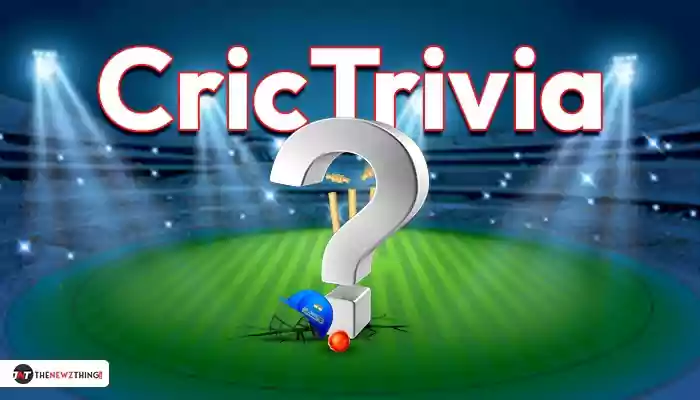
Cricket fans today are very familiar with the high-octane action, Bollywood glamour, and multi-million-dollar deals of the Indian Premier League (IPL). But beneath the glitz and the roar of the crowds lies a forgotten chapter in Indian cricket history.
In 2007, just a few months after India's exhilarating triumph in the inaugural T20 World Cup, the seeds of a revolution were being sown. The BCCI's dominance in Indian cricket was about to be challenged by a rebel league promising a new era of professional cricket, unrestricted by tradition and overflowing with ambition.
The year was 2007. The euphoria of India's triumphant T20 World Cup win was still fresh in the air. Amidst this national cricket fever, whispers of a rebel league began to circulate. Enter the Indian Cricket League, the brainchild of businessman Essel Group. With Kapil Dev as its head and six franchises boasting international stars, the ICL promised a new era of professional cricket.

Credit: @munna21977
Legends like Brain Lara, Inzamam-ul-Haque played ICL
The biggest draw for players was the money. ICL offered salaries significantly higher than domestic cricket. Imagine a young cricketer, passionate about the game, being offered a chance to not only play alongside legends but also earn a life-changing sum. It's no surprise then that many, including established names like Inzamam-ul-Haq and Adrian Dale, jumped ship.

Credit: @JosePuliampatta
Kapil, when he was the Chairman of the rebel Twenty20 Indian Cricket League (ICL) addressing a press conference
The BCCI, the governing body of Indian cricket, wasn't amused. They saw the ICL as a threat to their authority and a potential drain on their talent pool. The response was swift and decisive. Players who signed with the ICL were banned from playing for India, effectively ending their international careers. Venues became a battleground, with the BCCI using its influence to make it difficult for the ICL to find suitable grounds.
Then came the ultimate counter-punch—the IPL. The BCCI announced its own official T20 league, boasting a who's who of Indian cricket: Sachin Tendulkar, Sourav Ganguly, and the newly crowned T20 World Cup-winning captain MS Dhoni. Lalit Modi, the then-IPL convener, claimed the IPL had been in the pipeline for years, but the timing spoke volumes. This star-studded league, backed by the BCCI's might, stole the limelight.

Credit: @Leg_shift_D
Ambati Rayudu playing a ICL match for Hyderabad Heroes against Lahore Badshahs
The ICL, despite its initial popularity, found itself on the back foot. Without official backing and facing logistical hurdles, the league struggled. In 2009, the ICL offered its players an amnesty, paving the way for their return to the BCCI fold and eventual participation in the IPL.
The ICL may have been short-lived, but its impact on Indian cricket was undeniable. It forced the BCCI to acknowledge the changing landscape of the sport and the growing demand for a professional T20 league. Perhaps the most significant legacy is the financial one. The BCCI, facing competition, had to increase player compensation, raising the bar for domestic cricketers across the board.
The ICL's story is a reminder that even in a sport steeped in tradition, change can be swift, driven by ambition, money, and a desire to challenge the status quo. The flashy IPL may have overshadowed its predecessor, but the ICL's brief existence serves as a footnote in cricket history, a testament to a league that dared to dream big.